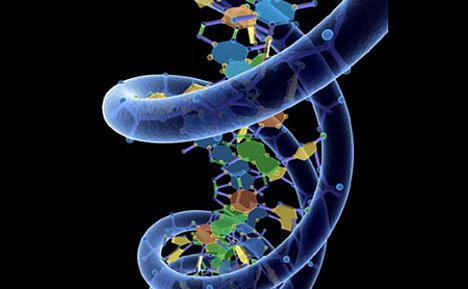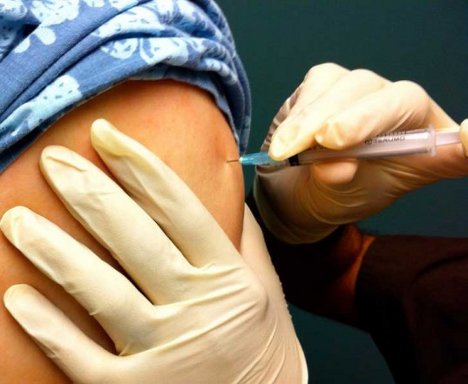
3D printers have been tapped as the future of manufacturing, at-home food preparation, and now they might even be the future of pharmaceuticals. According to Craig Venter, a brilliant researcher who created the world’s first synthetic life form in 2010, a machine could be developed that would combine the amino acids, nucleotides, sugars and other elements needed to recreate medicines and vaccines. This means that, when a new vaccine is developed, the world won’t have to wait for it to be cultivated by traditional means – blueprints for constructing the vaccine can simply be emailed all around the world. As long as printers have the necessary materials available, the vaccine can be “printed” anywhere.

Theoretically, the printers could be placed within homes so that individuals could print out their own medicines. But the real benefit could be in placing the molecular bioprinters in pharmacies and other central locations, allowing vaccine access even to people who could never afford a bioprinter at home. New Scientist points out that quality control is a potential issue with pharmaceuticals being sent over the internet, but a larger issue might be that once we are able to print beneficial drugs at home, illegal drugs can’t be too far behind. Still, it seems that the amazing benefits possible with this technology far outweigh the potential misuses.

